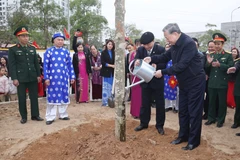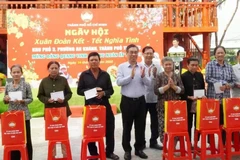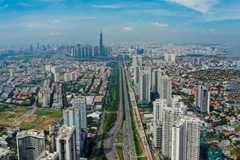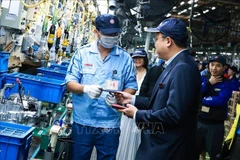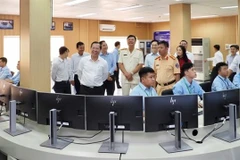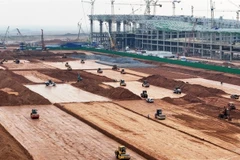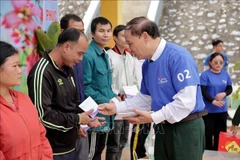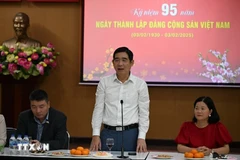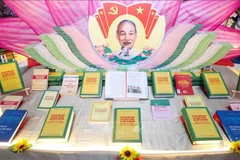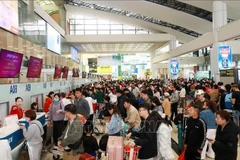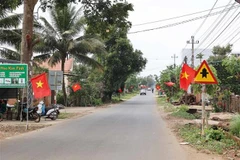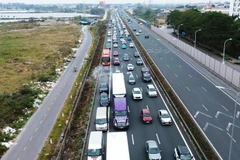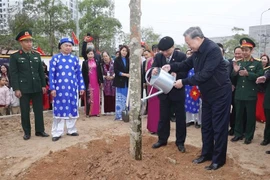The strategy aims to foster innovations and build action plans to ensure waterresources for farming, socio-economic development and daily use.
It hopes to maintain a stable water supply for 85 percent of rice cultivatingareas by 2030 and innovative farming methods applied in some 60 percent of ricecultivating areas by 2050 nationwide.
Disaster-prone regions including the coastal centre, Central Highlands andMekong Delta are priorities, especially in terms of environmentprotection, aquatic ecosystem conservation and sustainable development.
The Mekong Delta, Vietnam’s rice bowl and home to 21 million people, has beensuffering from severe drought and saline intrusion in recent years.
According to the National Centre for Hydrometeorological Forecasting, theregion will see a drop of 30-45 percent in water flow by February 2020. In thenext few months, drought and saline intrusion may be as devastating as thehistoric drought in 2016.
From June to October 2019, rainfall in the upper Mekong region decreased 35 to40 percent, leading to the lower water level in the upper part of the MekongRiver.
Facing the situation, Ministry of Agriculture and Rural Development urgedMekong Delta provinces to start cultivating the winter-spring rice crop earlierthan usual, in October instead of November, and store water.
In mid-2019, central provinces and the Central Highlands were hit by an extremeand prolonged heatwave.
Hot weather caused lower water levels in reservoirs, dams and rivers leavingmillions of people facing water shortages last summer./.




